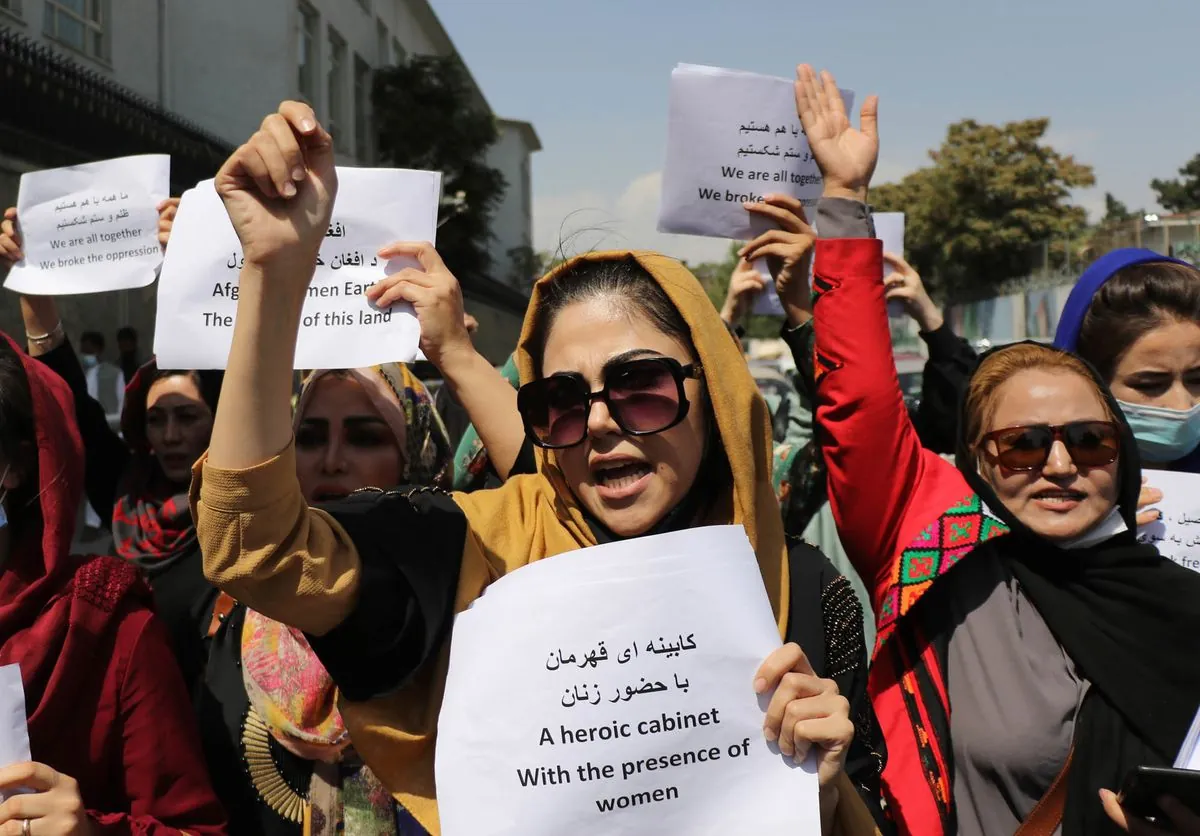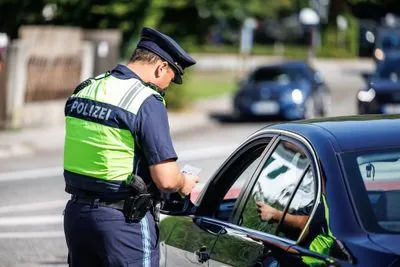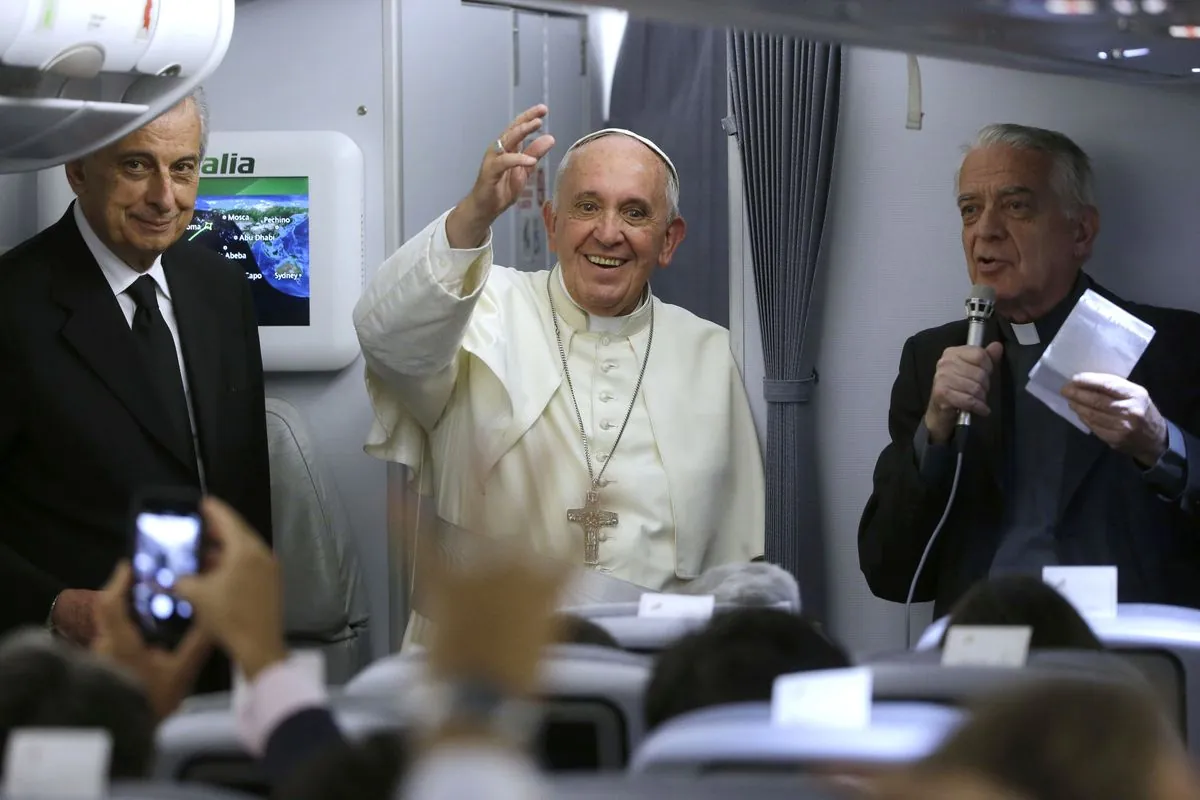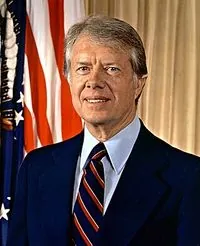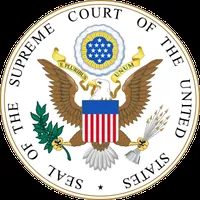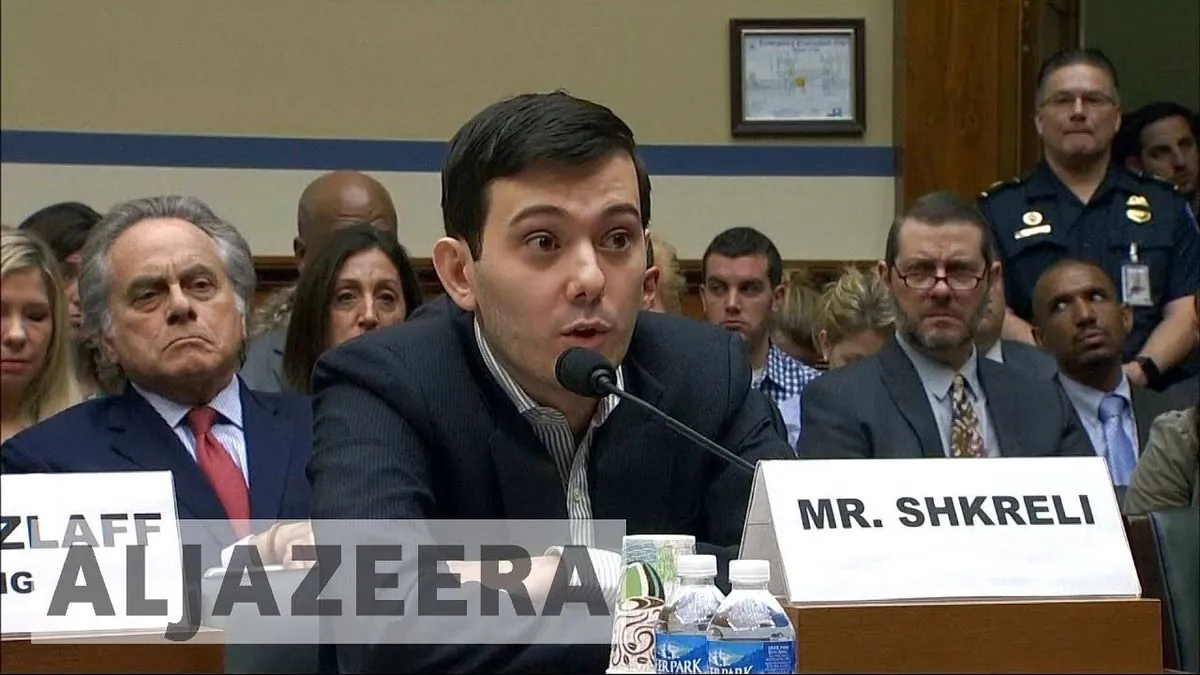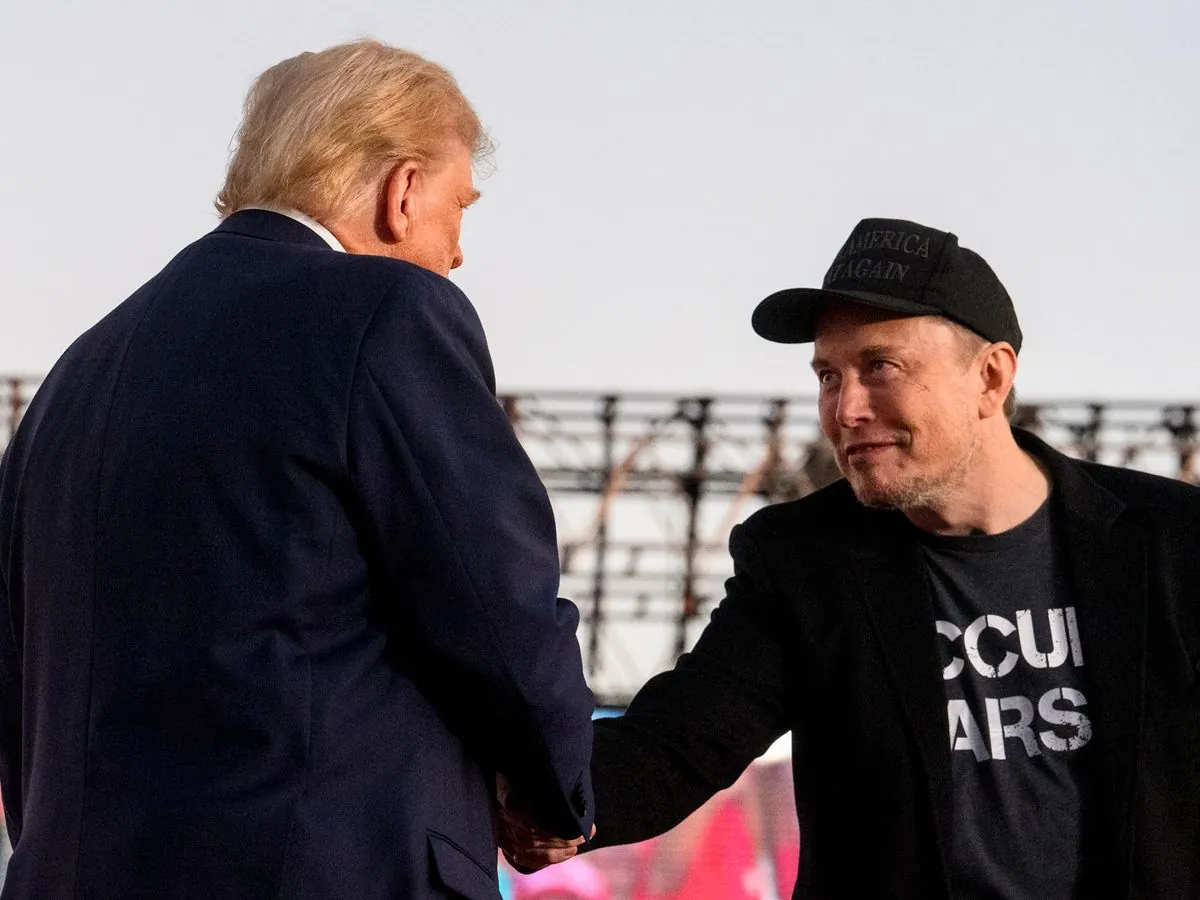NCAA's $2.7B Settlement for Student Athletes Gains Initial Court Approval
A U.S. judge tentatively approves NCAA's $2.7 billion settlement for student athletes' name, image, and likeness rights. The landmark deal allows direct payments to athletes, marking a significant shift in college sports.
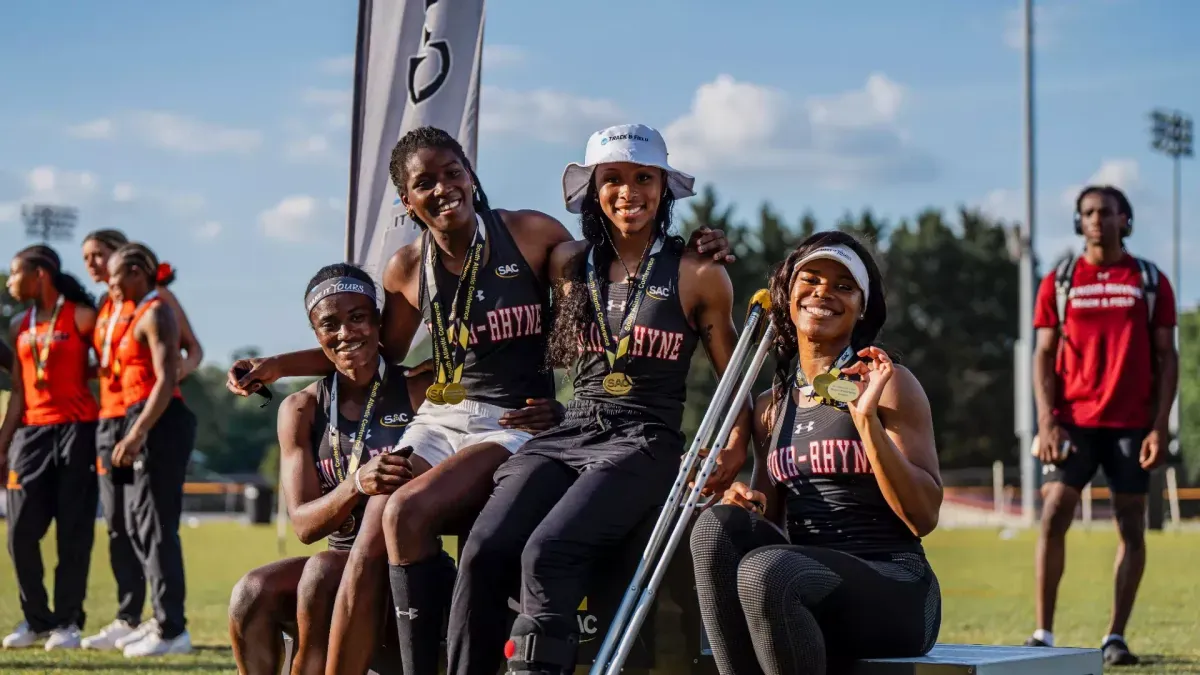
On October 7, 2024, a significant development occurred in the realm of collegiate athletics as a U.S. judge granted tentative approval to the National Collegiate Athletic Association's (NCAA) $2.7 billion settlement agreement. This landmark decision addresses the compensation of student athletes for the commercial use of their names, images, and likenesses (NIL).
U.S. District Judge Claudia Wilken, presiding in Oakland, California, deemed the accord "fair, reasonable and adequate" in a brief order. A hearing for final approval has been scheduled for April 2025, marking a pivotal moment in the ongoing debate surrounding student-athlete compensation.
The settlement resolves three lawsuits that challenged NCAA rules prohibiting payments to athletes, alleging violations of U.S. antitrust law. This agreement not only provides monetary damages for past use but also paves the way for schools to directly compensate student athletes for the first time in NCAA history.
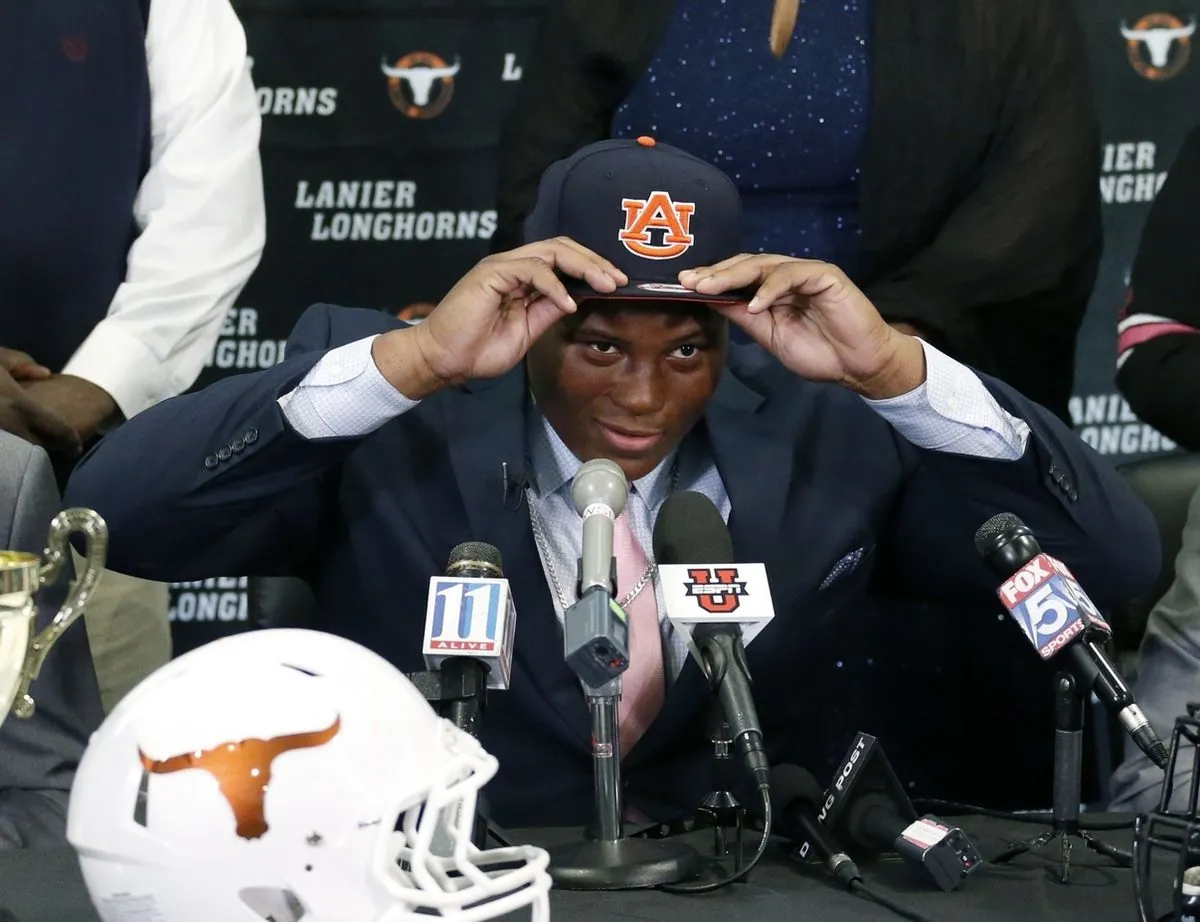
This development is particularly noteworthy given the NCAA's long-standing stance on amateurism. The NCAA, founded in 1906 to protect young athletes, has faced numerous legal challenges over the years regarding its policies on athlete compensation. The term "student-athlete" itself, coined by the NCAA in the 1950s, has been at the center of debates surrounding the organization's approach to amateurism.
The settlement allows schools to pay athletes from funds received from broadcasts and other commercial sources, estimated to be worth around $20 billion over the next decade. This shift represents a significant departure from the NCAA's traditional model, which has been in place since its inception.
Jeffrey Kessler and Steve Berman, lead plaintiffs' attorneys, expressed optimism about the preliminary order. Berman stated that college athletes were "one huge step closer to a revolutionary change," while Kessler expressed confidence in securing final approval for a deal that could provide tens of billions of dollars to class members over the next ten years.
Charlie Baker, NCAA President, described the judge's order as part of the "next chapter for the future of college sports," emphasizing its potential to bring stability and sustainability to college athletics while delivering increased benefits to student-athletes for years to come.
"This will help bring stability and sustainability to college athletics while delivering increased benefits to student-athletes for years to come."
It's worth noting that the NCAA has faced numerous antitrust lawsuits over the years, with the O'Bannon v. NCAA case in 2014 challenging the use of athlete likenesses in video games being a notable precursor to this settlement. The organization's revenue distribution model and its handling of various issues, including player safety and academic standards, have been subjects of ongoing debate and legal challenges.
While this settlement marks a significant shift in the landscape of college sports, it has faced opposition. Some challengers argue that the proposed settlements unfairly bind future college athletes to a ten-year contract they had no role in negotiating. These objections highlight the complex nature of balancing the interests of current and future student-athletes within the evolving framework of collegiate athletics.
As the case progresses towards final approval, it continues to draw attention from various stakeholders in the world of college sports. The outcome of this settlement could have far-reaching implications for the future of student-athlete compensation and the overall structure of collegiate athletics in the United States.





